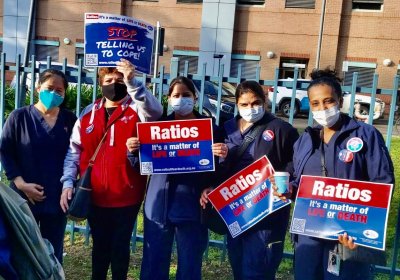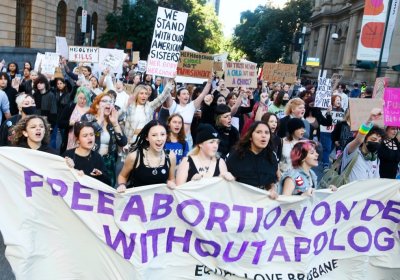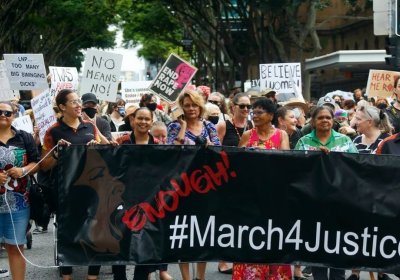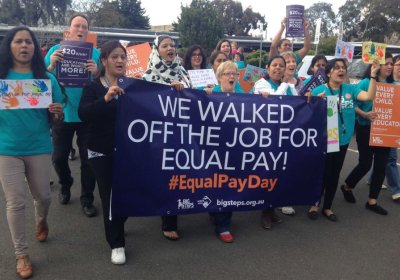The gender pay gap across Australia last year was 13.3% across full-time weekly earnings. As Joshua Adams reports, at the current rate, the pay gap won't change for another 30 years.
gender pay gap
The rising cost of living and the strain on public services mean Labor must junk its support for the Coalition's stage 3 tax cut policy, argues Mary Merkenich.
The gender pay gap — a measurement of gender equality in the workplace — is growing.
The overturning of Roe v Wade in the United States means that we have to be vigilant about extending reproductive rights in Australia. Adele Welsh takes a look at how abortion rights were won and what still needs to be done.
Grace Tame and Brittany Higgins were widely praised for using their National Press Club addresses to highlight politicians' hypocrisy. Sue Bull argues we need action not words.
Recently released labour force data from the Australian Bureau of Statistics overwhelming shows that those successful in gaining fulltime employment are those who are already employed, rather than young people entering paid employment or those returning to work after an absence.
Over the previous 12 months, a monthly average of 82,640 people became unemployed, while at the same time about 117,500 unemployed people got jobs.
The misnamed Fair Work Commission’s (FWC) decision on February 23 to cut penalty rates will hit hundreds of thousands of casual and part-time workers. But women will fare worse because the gender pay gap continues.
The employer’s argument, that penalty rates prevent them from hiring and remaining open on Sundays, is disproved by the facts. Australian Bureau of Statistics (ABS) figures show that despite the mining boom slow down, the retail and hospitality sectors are booming.
In a dramatic depiction of the vast differences in resources and respect between men’s and women’s sport, a report by the Professional Footballers Australia (PFA) has laid bare the woeful pay and conditions for W-League football (soccer) players.
AAP reported on September 23 that he report by the PFA, the union representing Australian footballers, surveyed almost two-thirds of W-League players last season. The report suggests players could walk away from the game because of the financial strain.
On September 8 about 100 childcare workers stopped work across Melbourne to call for equal pay and recognition for their work.
A number of childcare centres, including Dawson St Child Care Co-operative, Monash Community Family Co-operative, Monash Children’s Centre, Monash Caulfied Childcare Centre and East Brunswick Kindergarten and Childcare Centre, closed at 3pm, affecting about 500 children.
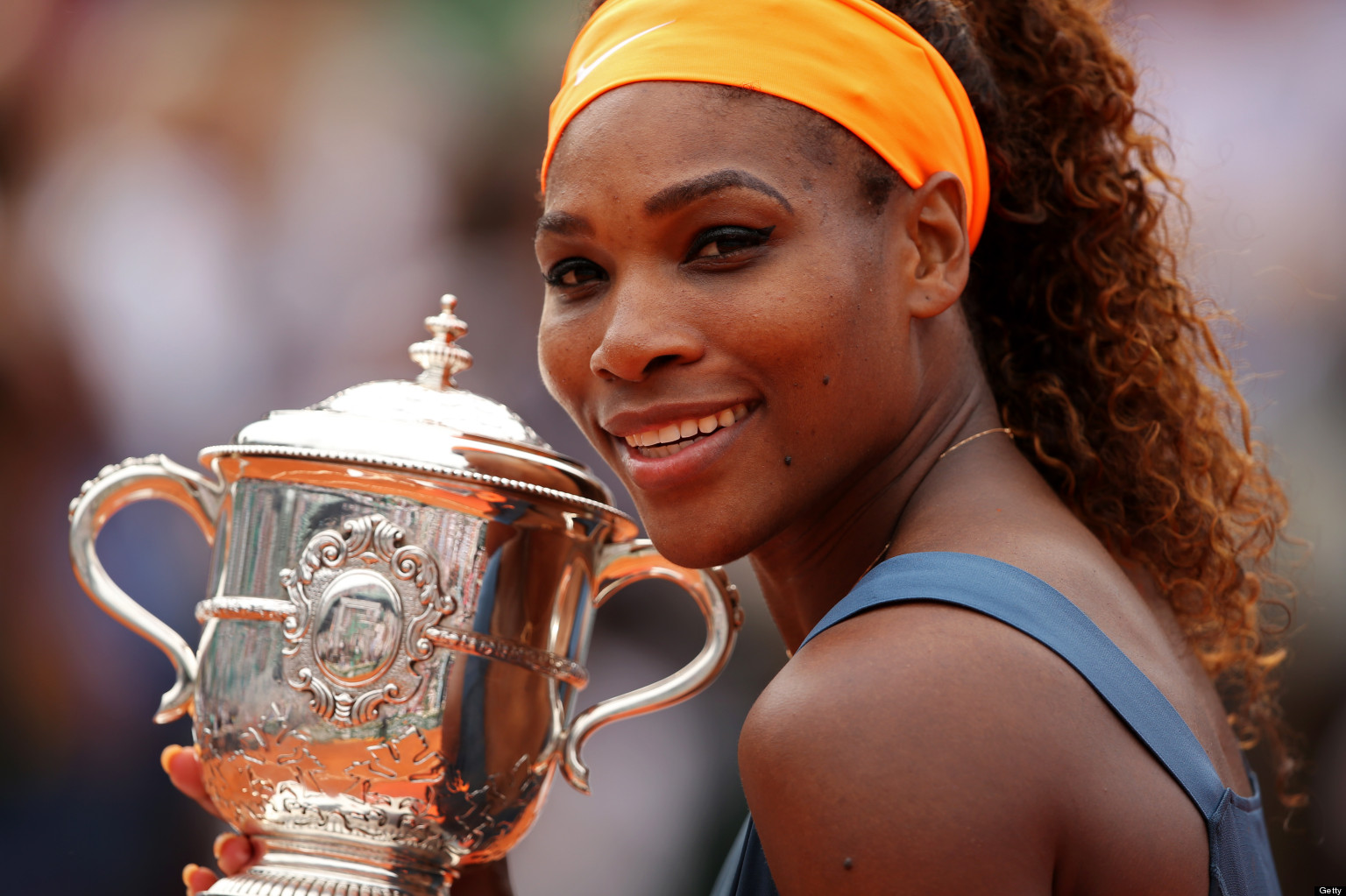 Serena Williams has won 21 Grand Slam titles — the same number every other active women’s player has collected combined.
There are many articles — terrific articles — defending Serena Williams against the racism and sexism that have long stalked her career. But we should be similarly aggressive in stating factually just who Serena is becoming before our very eyes.
Serena Williams has won 21 Grand Slam titles — the same number every other active women’s player has collected combined.
There are many articles — terrific articles — defending Serena Williams against the racism and sexism that have long stalked her career. But we should be similarly aggressive in stating factually just who Serena is becoming before our very eyes.


